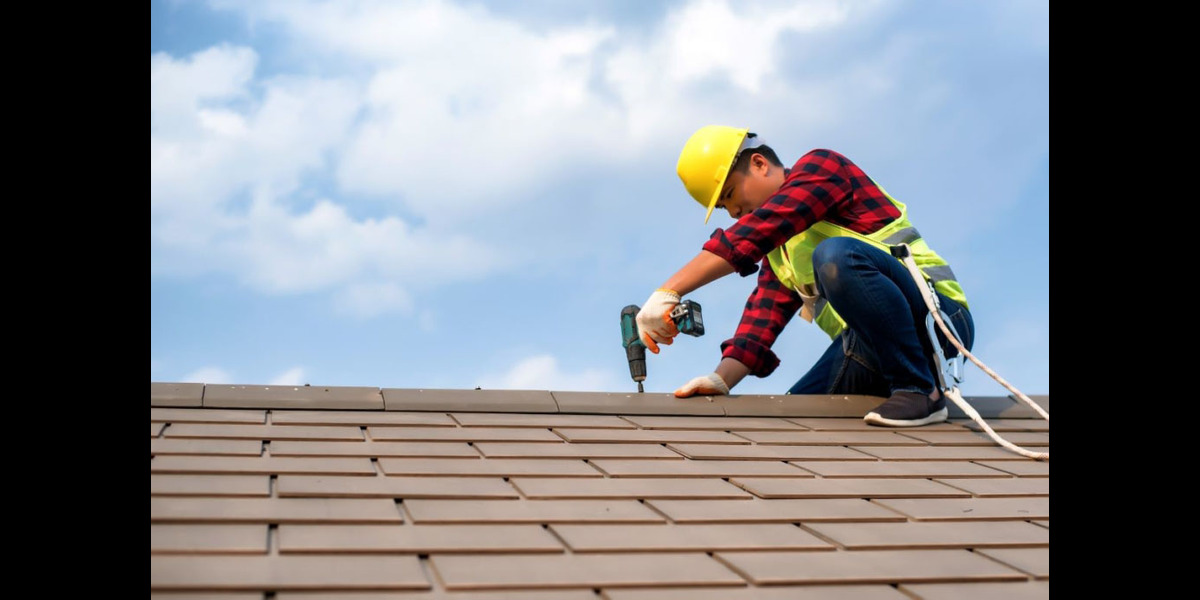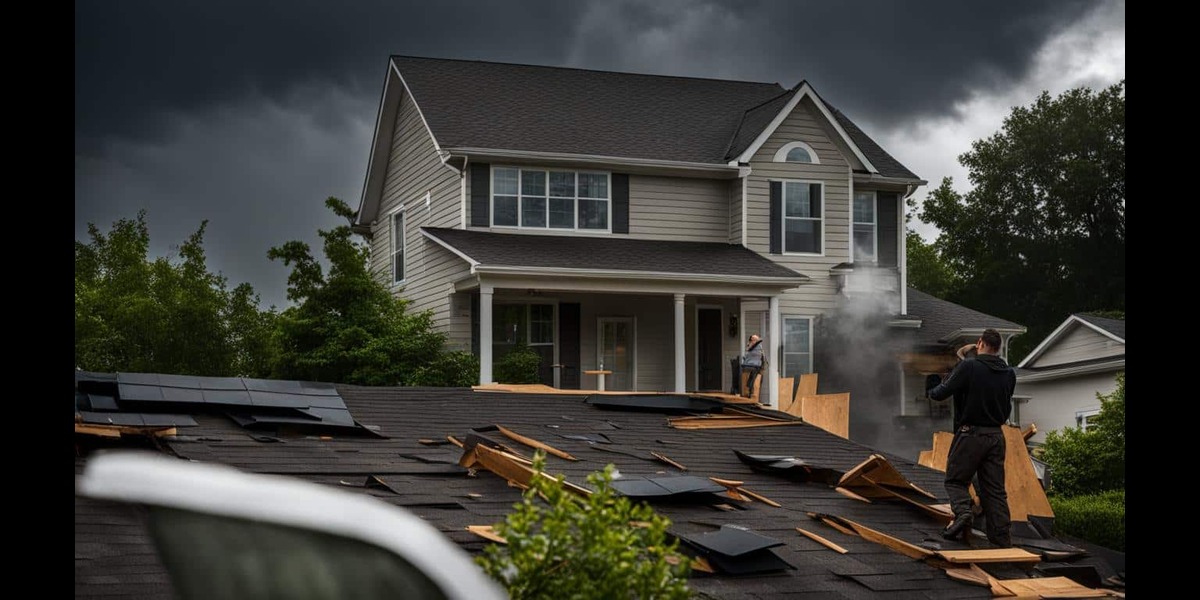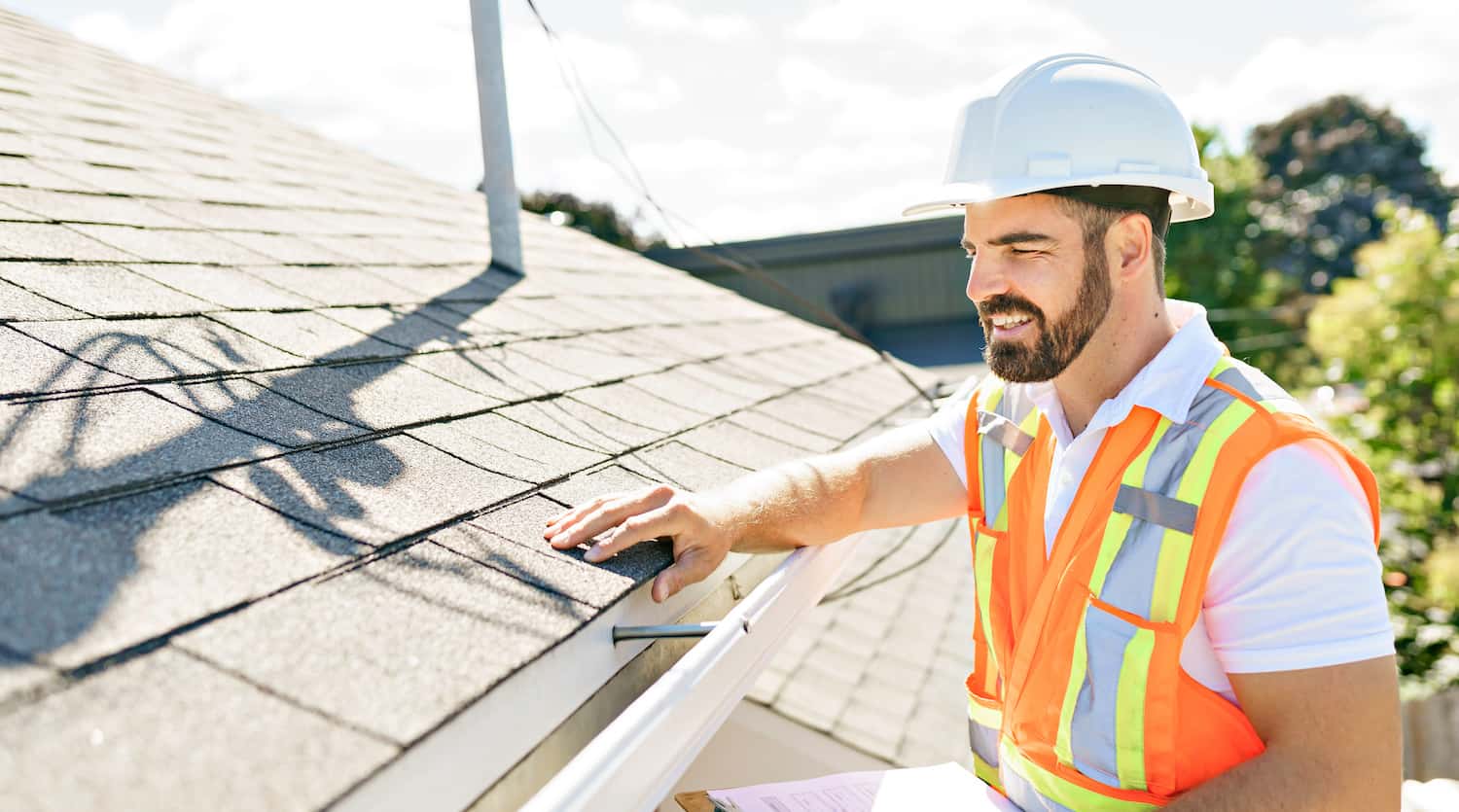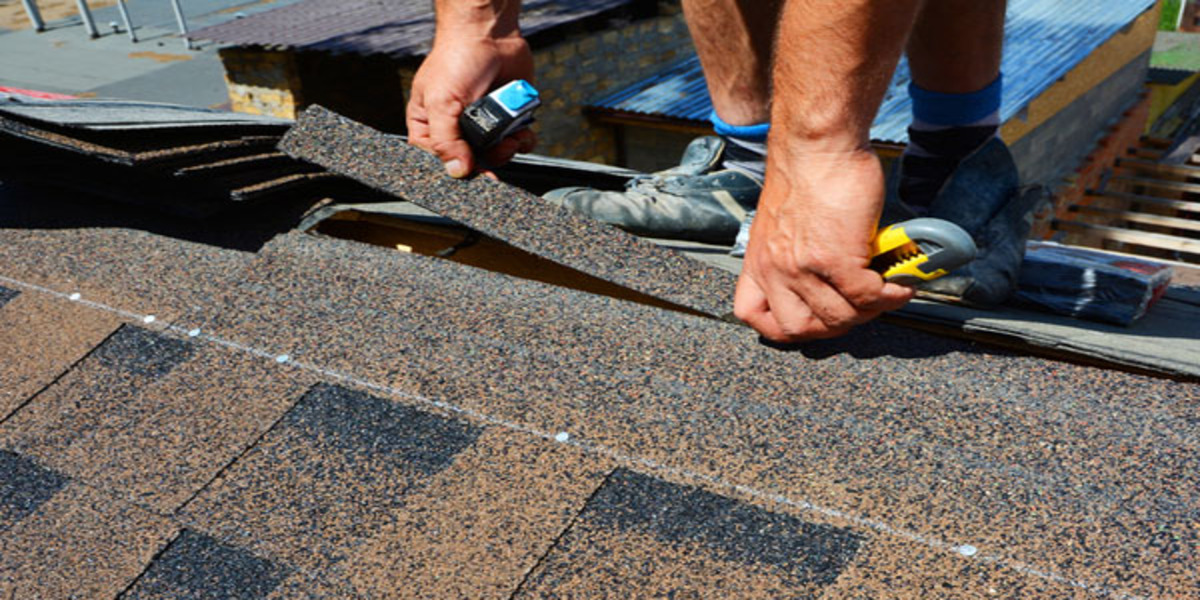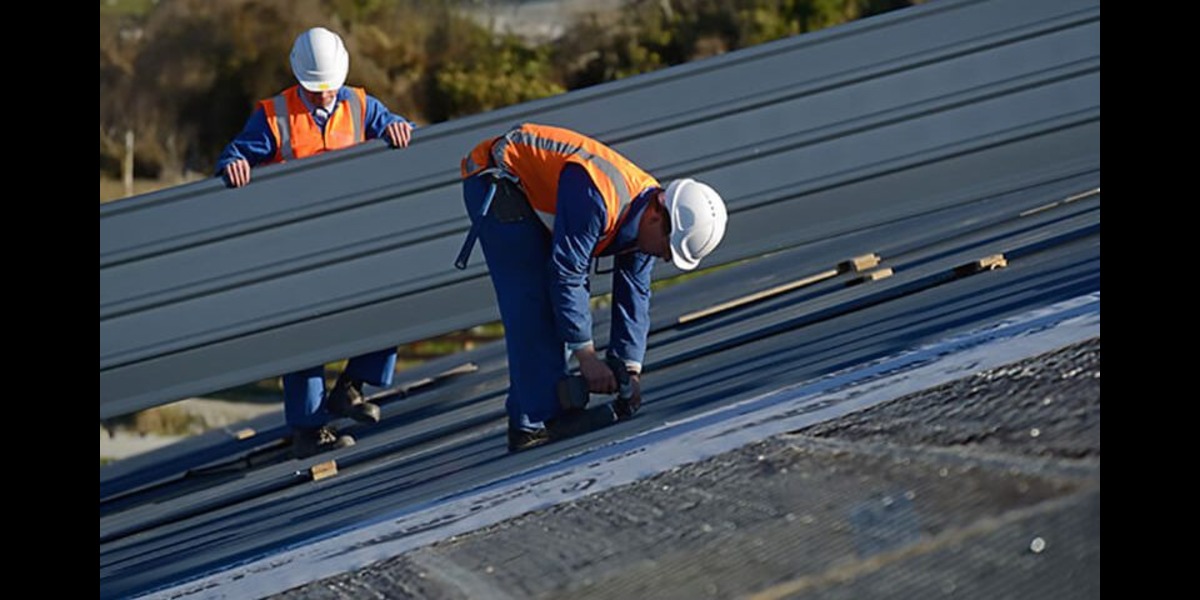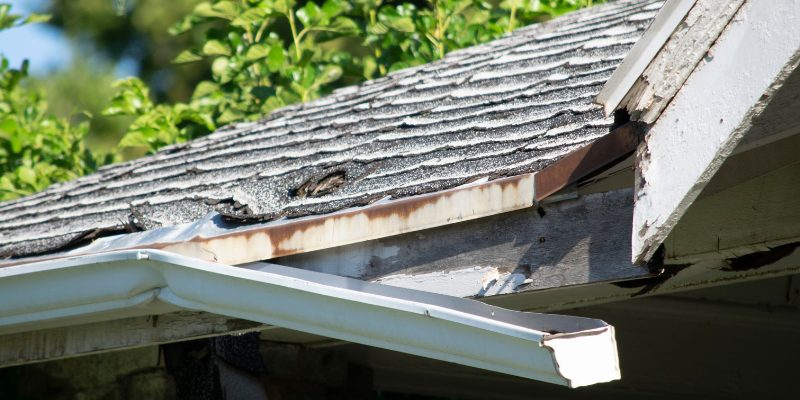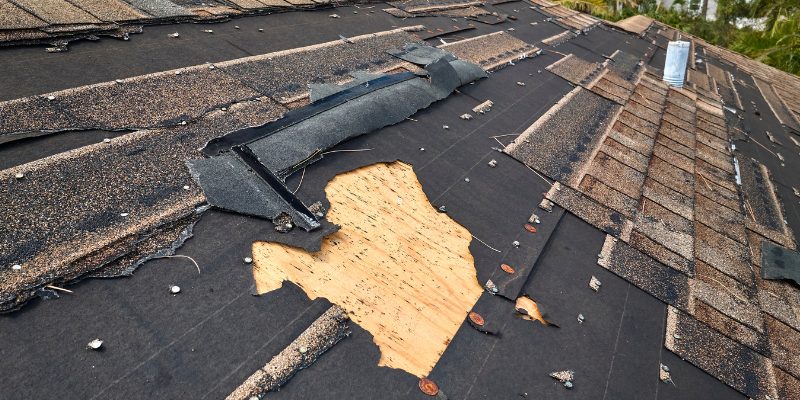
How To Prepare Your Roof For Hurricanes?

Hurricanes pose a significant threat to homes across Long Island, NY, with their powerful winds, heavy rain, and potential for flooding. As a homeowner, it’s crucial to ensure your roof is prepared to withstand these extreme weather events.
Whether you’re in coastal towns like Montauk and Hampton Bays or inland areas such as Huntington and Massapequa, proactive preparation can make a substantial difference in protecting your home and family. In this article, we’ll guide you through essential steps to prepare your roof for hurricane season.
Understanding the Risks
Long Island is particularly vulnerable to hurricanes due to its geographical location. Towns in both Suffolk and Nassau Counties can face direct impacts, with coastal areas experiencing the brunt of the storm surge and wind damage. Preparing your roof involves strengthening its ability to resist:
High Winds
Can lift shingles, tear off sections of the roof, and create debris that can further damage your property.
Heavy Rain
Can lead to leaks and water damage if your roof isn’t properly sealed and gutters aren’t functioning well.
Flying Debris
Can puncture roofing materials and cause structural damage.
Steps to Prepare Your Roof for Hurricanes
Schedule a Professional Roof Inspection
Before hurricane season, which typically runs from June to November, have a professional roofing contractor inspect your roof. This inspection should focus on:
Shingle Condition
Look for loose, missing, or damaged shingles. In areas like Oyster Bay and Freeport, where high winds are common, secure and intact shingles are essential.
Flashing and Seals
Check the flashing around chimneys, vents, and skylights for cracks or gaps that could allow water infiltration.
Roof Decking
Ensure the roof decking is secure and free of rot or damage. In towns such as Sag Harbor and Port Jefferson, older homes may have weaker roof decks that need reinforcement.
Repair and Reinforce Weak Points
Address any issues identified during the inspection immediately. Key repairs might include:
Replacing Damaged Shingles
Replace any damaged or missing shingles with high-wind-resistant materials.
Reinforcing Flashing
Secure or replace loose flashing to prevent water from entering your home.
Strengthening the Roof Deck
If necessary, add extra nails or adhesive to strengthen the attachment of the roof deck to the rafters.
Clean and Secure Gutters and Downspouts
Clogged gutters can cause water to back up and damage your roof or walls during a hurricane. Make sure to:
Clean Debris
Remove leaves, twigs, and other debris from gutters and downspouts to ensure proper water flow.
Secure Attachments
Check that gutters and downspouts are firmly attached to your home and in good condition.
Trim Nearby Trees and Remove Loose Items
Strong winds can turn tree branches and outdoor items into dangerous projectiles. Prepare your yard by:
Trimming Trees
Cut back any branches that hang over or near your roof, especially in tree-rich towns like Great Neck and Northport.
Securing Loose Items
Remove or secure outdoor furniture, decorations, and other items that could be blown onto your roof.
Install Hurricane Straps or Clips
For additional protection, especially in hurricane-prone areas like Bay Shore and Patchogue, consider installing hurricane straps or clips. These metal connectors help secure the roof to the walls of your home, providing extra resistance against high winds.
Invest in Impact-Resistant Materials
If you’re considering a roof replacement or upgrade, opt for impact-resistant roofing materials designed to withstand severe weather. Options include:
Impact-Resistant Shingles
These shingles are designed to resist damage from flying debris and hail.
Metal Roofing
Known for its durability and wind resistance, metal roofing can be an excellent choice for hurricane-prone areas.
Seal Roof Vents and Penetrations
Ensure all roof penetrations, such as vents, pipes, and chimneys, are well-sealed to prevent water infiltration. Use durable, waterproof sealant to secure these areas.
Prepare an Emergency Kit and Plan
In addition to preparing your roof, have an emergency kit and plan in place. Your kit should include:
Flashlights and Batteries
Non-Perishable Food and Water
First Aid Supplies
Important Documents in waterproof bags
Make sure all family members know the emergency plan and evacuation routes, especially if you live in flood-prone areas like the south shore.
Long Island’s Hurricane History
Long Island has experienced several significant hurricanes over the years, including Hurricane Sandy in 2012, which caused extensive damage across the island. Towns on the south shore faced severe flooding and roof damage. Learning from these events, homeowners have become more proactive in hurricane preparation.
Preparing your Long Island roof for hurricanes is a critical step in safeguarding your home against the devastating effects of these powerful storms. By taking proactive measures such as scheduling professional inspections, making necessary repairs, and investing in high-quality materials, you can enhance your roof’s resilience.
For expert roof inspections and hurricane preparation services in Long Island, contact us. We’re here to help you keep your home safe and secure, no matter what the storm season brings.
Email:
chiefcornerstoneinc@gmail.com
Address:
11 Katie Ct, Lake Grove, NY 11755
Phone Number:
516-273-6428

Hours of Operation
Mon – Fri 8:00am – 8:00pm
Sat – Sun 8:00am – 6:00pm

